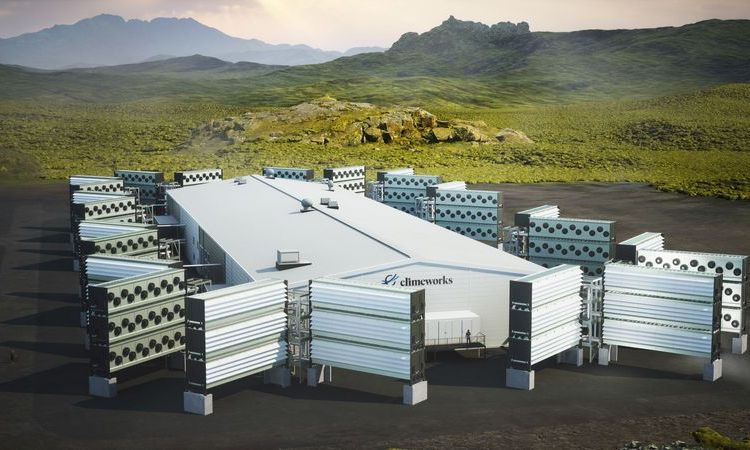The U.S. Department of Energy said on Friday that projects in Texas and Louisiana will receive over $1 billion in federal subsidies to remove more than 2 million tonnes of carbon emissions, which is an important step in scaling up direct air capture (DAC) technology. The South Texas DAC Hub in Kleberg County, Texas, proposed by a subsidiary of the oil company Occidental 1PointFive, along with partners Carbon Engineering Ltd. and Worley, was chosen by the Department of Energy (DOE) over Project Cypress in Louisiana, which is run by Battelle, Climeworks Corporation, and Heirloom Carbon Technologies, Inc.
The government also unveiled a number of fresh efforts with the goal of lowering the cost of the technology to less than $100 per net metric ton of CO2 equivalent by the end of this decade. Along with support for 14 feasibility studies and 5 engineering and design studies for hub projects in their early stages, this also includes a $35 million government procurement program for carbon removal credits.

Carbon removal has come under the spotlight as a result of worsening climate change and ineffective
emission reduction measures. According to U.N. scientists, billions of tonnes of carbon must be removed from the atmosphere each year to comply with a global agreement to limit global warming to 1.5 degrees Celsius.
According to the DOE, DAC can be used at scale to assist the United States in achieving its objective of neutralizing greenhouse gas emissions by 2050.
To be used at the scale required to have an impact on the globe, the fledgling technology must become substantially more affordable.
The grants are the first ones given out by the Energy Department, which received $3.5 billion from Congress as part of the bipartisan infrastructure bill’s passage to invest in regional DAC centers.
When fully operational, the project has the capacity to remove up to 30 million tons of CO2 annually, according to Vicki Hollub, CEO of Oxy, who also told reporters that it “validates our readiness, technical maturity, and our ability to use Oxy’s expertise in large projects.”
Some of the project’s anticipated 2,300 jobs will be filled by people displaced from the fossil fuel industry.
To remove CO2 from the atmosphere, DAC uses chemical processes. The CO2 is then either stored underground or used to make products like concrete or jet fuel.
Although the majority of environmentalists agree that carbon removal will be necessary to meet the world’s climate ambitions, they are worried that firms may use carbon removal projects to give fossil fuel companies cover to continue production, particularly in low-income and minority communities.
Just over three months remain until the COP28 climate summit, where the United Arab Emirates, the summit’s host nation, is anticipated to emphasize the importance of carbon removal technology like DAC.
This month, Occidental and its national oil company ADNOC decided to assess DAC investment potential both domestically and abroad.
The United States is presenting itself as a pioneer in this technology, according to Erin Burns, director of carbon removal advice company Carbon180.
According to Burns, this is the first significant federal investment in carbon removal from any nation. The United States is placing a huge wager on this technology.















